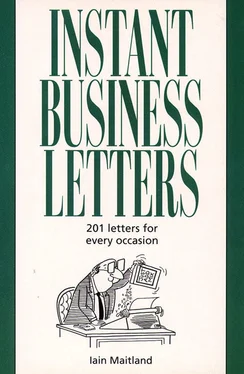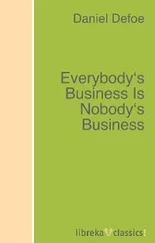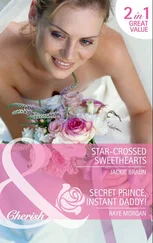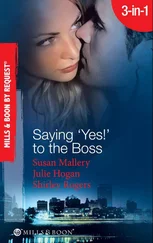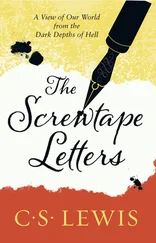INSTANT
BUSINESS LETTERS
201 letters for every occasion
IAIN MAITLAND

Thorsons
An Imprint of HarperCollins Publishers 1 London Bridge Street London SE1 9GF
First published by Thorsons 1996
© Iain Maitland 1996
Iain Maitland asserts the moral right to be identified as the author of this work
A catalogue record for this book is available from the British Library
All rights reserved under International and Pan-American Copyright Conventions. By payment of the required fees, you have been granted the non-exclusive, non-transferable right to access and read the text of this e-book on-screen. No part of this text may be reproduced, transmitted, down-loaded, decompiled, reverse engineered, or stored in or introduced into any information storage and retrieval system, in any form or by any means, whether electronic or mechanical, now known or hereinafter invented, without the express written permission of HarperCollins e-books.
HarperCollins Publishers has made every reasonable effort to ensure that any picture content and written content in this ebook has been included or removed in accordance with the contractual and technological constraints in operation at the time of publication.
Ebook Edition © MAY 2011 ISBN: 9780007399666
Version: 2019-10-09
To Tracey, Michael and Sophie
Cover
Title Page
Copyright
Introduction
1 Writing Effective Letters
2 Acceptances
3 Acknowledgements
4 Announcements
5 Apologies
6 Cancellations
7 Complaints
8 Compliments
9 Condolences
10 Confirmations
11 Congratulations
12 Enclosures
13 Enquiries
14 Introductions
15 Invitations
16 Notices
17 Offers
18 References
19 Rejections
20 Reminders
21 Requests
22 Terminations
23 Thank yous
24 Warnings
LETTERS INDEX
Other titles in the Thorsons Business Series:
About the Author
About the Publisher
Instant Business Letters is written for you – the junior, middle or senior manager who has to write letters as part of your job. The first chapter, ‘Writing Effective Letters’, sets out all you need to know about planning a letter and choosing the correct approach, layout and style to suit every occasion. It includes a checklist questionnaire which will be of use throughout the book, and beyond.
Chapters 2 to 24 contain a wide and diverse range of letters from ‘Acceptances’ and ‘Acknowledgements’ through ‘Complaints’, ‘Enquiries’ and ‘Invitations’ to ‘Thank Yous’ and ‘Warnings’. You can use these immediately or amend them easily for your own, individual circumstances, by referring back to the first chapter and that checklist questionnaire.
Whatever your job and type and size of business, trade or industry, Instant Business Letters is relevant to you. Study a particular subject by checking the Table of Contents. Dip into it when you wish to find a specific letter by looking through the Letters Index. Read it from cover to cover if you want to learn as much as you can and become a first-class letter writer.
Iain Maitland
1 WRITING EFFECTIVE LETTERS
As a businessperson, it is essential that you know how to write effective letters. To begin with, you have to be able to plan a letter and choose the correct appearance, layout and style for each and every occasion. Only then can you go on to use the 201 ‘instant letters’ in this book, adapting them if necessary to suit your own particular needs and situation.
The key to a successful letter is planning. It is not enough simply to write down whatever comes into your head – you need to approach the task in a careful and thorough manner. This involves four main steps:
1) identifying your goals
2) establishing the facts
3) analysing the recipient
4) preparing a draft.
Think about what you are trying to achieve with this letter. Perhaps you wish to introduce your products and services to a prospective customer, and persuade him or her to place an order with your firm. Alternatively, you might want to force a late payer to settle an overdue account as soon as possible, without having to take legal action against that individual or organisation. Whether you are seeking to make a sale, obtain payment or whatever, always have your goals focused clearly in your mind. Your letter should develop from these, and these alone:
Having set your goals, familiarise yourself with the facts of the matter. To sell those goods and services you must know all about their qualities, prices, special offers, discounts available, delivery dates and the like. If you want to be paid, you have to be conscious of what the invoice relates to, whether the customer has any complaints about it, when it was due for payment, why it has not been paid, and so forth. To ensure that you are totally up to date you will probably need to study your company’s records, re-read correspondence, remember telephone calls and perhaps even refer to your professional advisers in some instances.
You must be certain that the information you wish to put across will be understood by the recipient and not misinterpreted in any way. Otherwise you cannot expect to initiate the desired action, whether a large order or a cheque in settlement of an outstanding account. Consider the person who will receive and read the letter: previous correspondence and telephone conversations should have given you an accurate impression of his or her personality, knowledge and views of the matter. Put yourself in the reader’s position, imagining what his or her reaction will be upon opening and studying your letter. Decide what is most likely to generate the required response: for the reader to reach for that order form or cheque-book.
Knowing what you want to achieve, being conscious of the background facts and aware of the recipient, you should be able to jot down the points you wish to make in your initial draft. For example, imagine you have received a letter of complaint about damaged goods delivered to a customer. Your company’s policy in such situations is to resolve the complaint as quickly and as fairly as possible, and to maintain the customer’s goodwill. Six of the 12 products were found to be damaged when their container was opened, and it is most likely that the carrier is to blame as goods are always checked before leaving your warehouse. The customer wants you to deliver replacement products and collect and credit him for these damaged items as soon as you can. A formal, matter-of-fact approach is taken by the customer in his letter to your company.
From this you can note various points for inclusion in your preliminary draft – ‘we want to apologise for the problem,’ ‘we wish to explain why it occurred,’ ‘we agree to your suggested solution,’ ‘we have set about resolving the complaint’ and ‘we want to apologise again’. Then sketch out a very rough-and-ready draft, jiggling it into an approximate order but not worrying too much about its appearance, layout or style at the moment. An example of this draft is shown in Letter 1.1.
Читать дальше
